1- Up to now, Korea has achieved remarkable achievements in science, technology and innovation, becoming one of the leading digital economies in the world. Korea's economic and technological development has taken place at a rapid pace, on an impressive scale, with outstanding development results. From a poor, backward country after the war, Korea has risen to become one of the largest economies in the world, leading industries such as electronics, automobiles, shipbuilding, information technology and communications (1) .
In practice, policies on science , technology, innovation and digital transformation are the most important driving forces for Korea to make great strides, becoming a country with advanced science and technology in a period of just nearly 40 years, demonstrated in each specific stage, including:
First , the post-war recovery and industrialization period (1960 - 1970) .
In the early stages of industrialization, Korea focused on importing and adapting foreign technology as a major strategy for building an industrial base (2) . The key turning point was the establishment of the Korea Institute of Science and Technology (KIST) in 1966 and the Ministry of Science and Technology (MOST) in 1967. The Ministry of Science and Technology played a decisive role in elevating Korea from a developing country to the threshold of an advanced country in the mid-1980s (3) . The enactment of fundamental laws, such as the Technology Promotion Act and the Science Education Act enacted in 1967, provided an important legal basis for Korea's science and technology development policy. To finance industrial investments, Korea relied on long-term foreign loans and established government research institutes (GRIs) to assist industries in acquiring new technologies. During this period, due to concerns about dependence on multinational corporations, along with policies restricting foreign direct investment (FDI) and foreign licensing, technology transfer, including reverse engineering and contract manufacturing, OEM contracts, was largely based on individual agreements (4) .
Second , the period of promoting heavy industry, domestic research and development (R&D), and high-tech development (1980 - 1990) .
This period saw a strong shift towards developing local R&D capabilities and reducing dependence on imported technology. The Industrial Technology Generalization Program, launched in 1987, provided financial and technological support to private sector enterprises to develop high-risk technologies. Korea's R&D spending increased significantly, from 0.77% of GDP in 1980 to 2.33% in 1994. "Technology promotion" became the main principle in science and technology policy. The private sector, especially large corporations such as Samsung, Deawoo, Lotte, etc., played an increasingly important role in technology development. The Korean government implemented a “technology promotion” strategy through top-down policies in the 1980s, but by the 1990s the role of the private sector had grown and subsequent governments sought a private sector-led development strategy (5) .
Third , the transition period to a globally competitive and innovative system (the early years since 2000) .
After the Asian financial crisis of 1997-1998, the Korean government accelerated the transformation of the innovation system from “catching up” to “creating”. R&D spending continued to increase, reaching 3.2% of GDP in 2006, one of the highest levels in the world. The Korean government focused on promoting the information technology industry. Assessments by the Organization for Economic Cooperation and Development (OECD) pointed to the need to strengthen basic science and improve linkages in the innovation ecosystem. The National Science and Technology Council, chaired by the President of the Republic of Korea, was established in 1999. The Leading Technology Development Project (G7 Project) was launched with the goal of bringing Korean science and technology to the level of advanced science and technology countries by 2001.
Fourth , the phase of addressing new challenges and the digital age (2010 – present).
In recent times, Korea has focused on addressing the under-performing innovation performance of SMEs and the lagging service sector. Digital transformation has become a top priority, with the Korean government launching the “New Deal” in 2020, of which digital policy is a pillar. Korea has become a leader in broadband connectivity and 5G deployment. Efforts continue to be made to reshape innovation and industrial policy in the digital age, emphasizing a more market- and demand-driven approach.
Through strategic breakthrough policies, Korea has created a strong national ecosystem of science, technology, innovation and digital transformation, through the following important pillars:
First, the strategic role of government in promoting science, technology, innovation and digital transformation.
The Korean government has played a proactive and interventionist role in promoting economic and technological development. Five-year economic development plans with science and technology as the focus have been consistently implemented. Korean government agencies, such as MOST (now MSIT), have been established and developed to formulate and implement science and technology policies. The Korean government has funded R&D, initially directly and later through encouraging private sector investment. The “Digital Government” initiative is a modern strategy to innovate government operations through the integration of artificial intelligence (AI), cloud computing, and data.
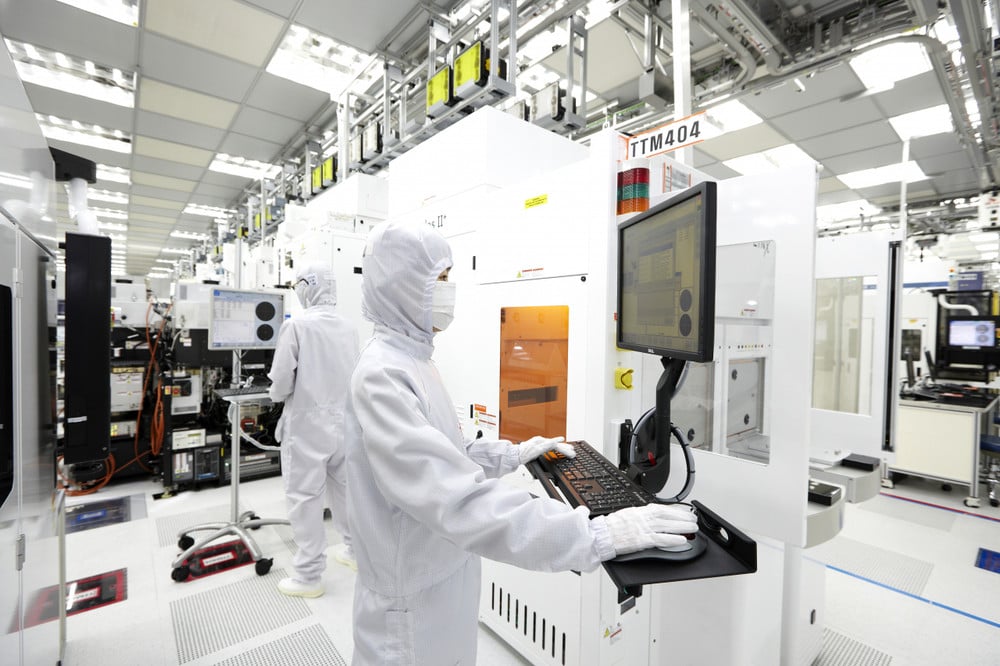
Second, the influence of large corporations on R&D and scientific and technological progress.
The rise and dominance of large conglomerates in science and technology is a prominent feature of the Korean economy. These conglomerates have made strong contributions to R&D investment and promoted scientific and technological progress in key industries. Internal capital flows within the Chaebol (large-scale conglomerates with great influence on the Korean economy, politics, and society) have also had an important impact on R&D funding. However, the growth and dominant influence of the Chaebols have also been criticized, including the suppression of competition for small and medium-sized enterprises and the potential negative impact on innovation.
Third, the model of linking institutes, schools and research and training facilities.
Universities in Korea have evolved from less central actors to increasingly important contributors to the innovation system. The Korea Advanced Institute of Science and Technology (KAIST) is a prime example of a leading technical university. Government research institutes (GRIs) have been established to support industrial development and technology transfer. University-industry collaboration is increasingly emphasized, and many initiatives have been implemented to promote linkages.
Fourth, start-ups and innovation in small and medium enterprises.
The startup ecosystem in Korea, especially in the capital Seoul, has been growing strongly and playing an increasingly important role in the economy. The Korean government has supported small and medium-sized enterprises and startups through various technology and financial policies. However, small and medium-sized enterprises still face challenges in innovation and productivity compared to large enterprises. Initiatives such as the “Korea Comprehensive Startup Plan” have been implemented to become a driving force for small and medium-sized enterprises to carry out strong science, technology, innovation and startup activities.
Fifth, the process of building a digital nation is carried out resolutely, synchronously and uniformly.
South Korea has focused on e-government since the 1980s. The National Computing Agency (NCA) and the Special Presidential Committee on e-Government (SCeG) have been established. The new “Digital Government” initiative aims to further innovate government operations through the application of artificial intelligence (AI), cloud computing, and data integration, with the goal of creating a people-centered, scientific, transparent government and promoting private sector growth. The focus is on breaking down information barriers and “siloes” between government agencies and units, as well as promoting and enhancing data sharing to create a unified digital national system and ecosystem. Key areas driving South Korea’s digital economic growth include information and communications technology (ICT), AI, big data, cloud computing, cybersecurity, metaverse, and digital content. South Korea is a leader in areas such as 5G infrastructure and the adoption of new digital technologies. The government has invested and plans to continue to strengthen these areas. Digital transformation has had a positive impact on the Korean economy, including improving productivity and creating new business opportunities.
2- Scientific and technological cooperation has become an important pillar in the relationship between Vietnam and Korea. The results of scientific and technological cooperation between the two countries have contributed significantly to the journey of more than 30 years of diplomatic relations (1992-2025) and the upgrade to the level of "Comprehensive Strategic Partnership". The scientific and technological cooperation between the two countries has been formalized by international treaties, such as the Agreement on Scientific and Technological Cooperation (1993). The Vietnam - Korea Institute of Science and Technology (V-KIST) is an important project supported by Korean ODA. Regular meetings of the Joint Committee on Science and Technology are held; many joint research projects have been implemented in fields such as biotechnology, nanotechnology, information technology, climate change, digital transformation, and green and clean energy. Initiatives, such as the Vietnam - Korea Global Technology Transfer Partnership Day and cooperation in smart urban development, are also promoted.
Korea has shared its experience and know-how in areas such as AI, digital transformation and core technology with Vietnam. Many initiatives have been implemented to facilitate technology transfer from Korean SMEs to Vietnamese enterprises. Cooperation in human resource development and training has been emphasized. Many potential areas for enhanced cooperation have been identified, including semiconductor materials, AI, renewable energy, smart cities and digital economy. The goal of increasing bilateral trade and investment in high-tech sectors has been set. Cooperation in the supply chain of critical minerals and clean energy technology has been emphasized.
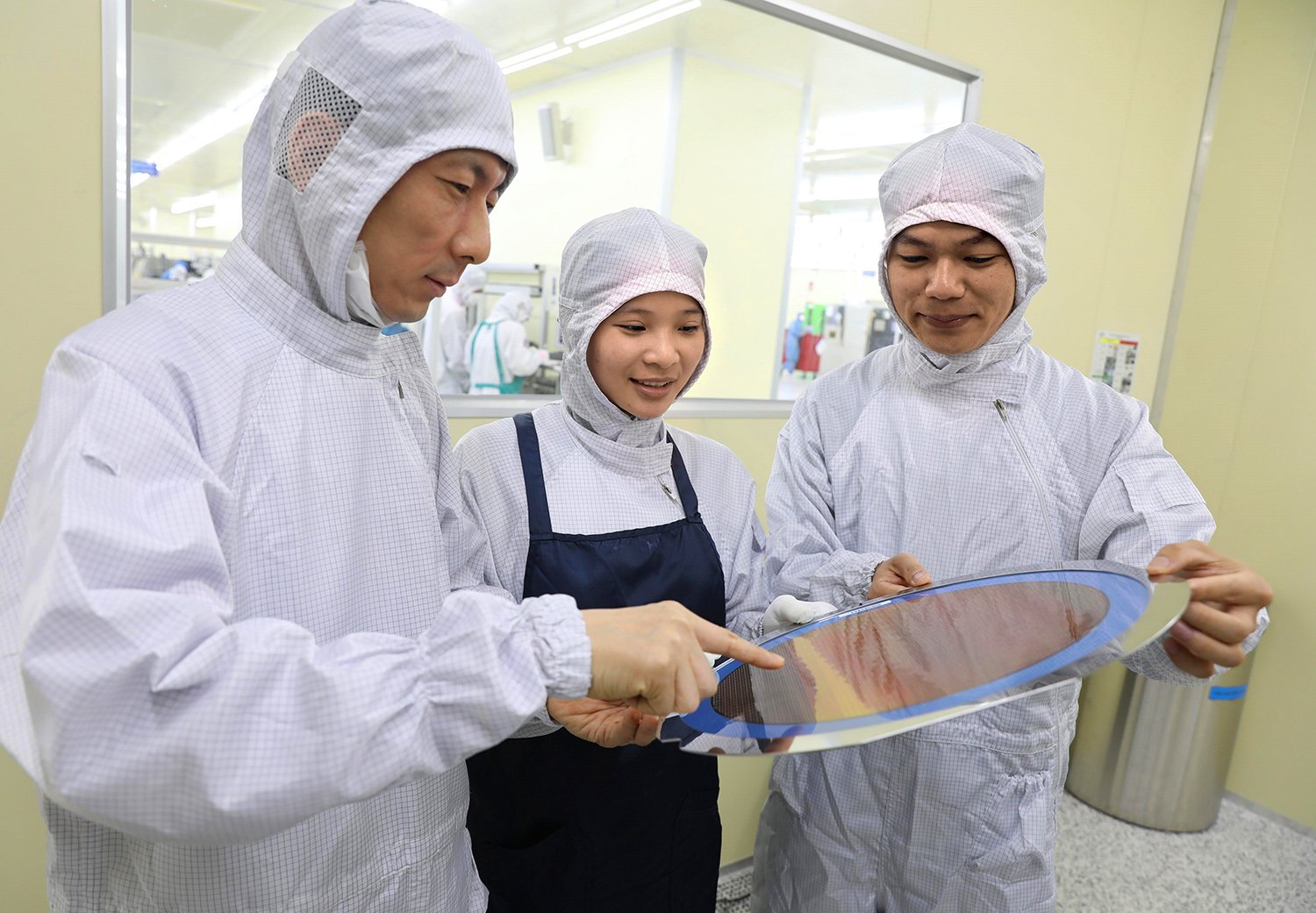
3- To promote the development of science, technology, innovation and digital transformation in the new development era, from the development model of Korea, the following conclusions can be drawn:
Firstly, it is necessary to continue developing and implementing a comprehensive strategy with breakthrough thinking and a long-term vision for science, technology, innovation and digital transformation, ensuring unified coordination to create a consistent, long-term strategic vision and a strong commitment to breakthrough development of science, technology, innovation and digital transformation. Truly consider science, technology, innovation and digital transformation as the most important driving force for the country to make a breakthrough.
Second, it is necessary to accelerate the development and completion of policies, guidelines, and legal frameworks for new science and technology, such as AI, big data, and the digital economy. Continue to improve and simplify administrative procedures and business regulations, especially those that cause obstacles, and identify bottlenecks to promote innovation and the application of new technologies, especially for small and medium-sized enterprises and startups. This legal corridor needs to be organized in a unified and synchronous manner with specific instructions to ensure sustainable development of the sector. In addition, there should be clear regulations on data management, network security, and intellectual property rights in the digital environment. Develop specific policies to encourage and protect officials with a spirit of innovation, creativity, and responsibility in promoting the development of science, technology, innovation, and digital transformation.
Third, building and perfecting the ecosystem of science, technology, innovation and digital transformation; it is necessary to have the participation of all national entities in this ecosystem with policies and programs to encourage cooperation and sharing, address barriers and bottlenecks to cooperation activities and promote the development of science, technology, innovation and digital transformation.
Fourth, prioritize, focus, and key points for science, technology, innovation, and digital transformation resources; there needs to be policies and strategies to prioritize investment in education and training of high-quality human resources and digital capacity, and to supplement and develop programs to attract and "retain" talent both domestically and internationally.
Fifth, orienting and building a digital nation. It is necessary to continue investing in digital infrastructure, promoting the application of digital technology in all areas and developing policies to ensure comprehensive access. In addition, it is necessary to develop national digital infrastructure, expand broadband internet coverage, deploy 5G networks in urban and rural areas, build big data platforms, artificial intelligence for all areas from central to local levels, enterprises, ensuring information safety, security and sustainable development.
Sixth, promote and foster international cooperation. It is necessary to take advantage of the value of international cooperation, especially with countries with more advanced science and technology, accelerate the development of science, technology, innovation and digital transformation to access knowledge and share global resources. At the same time, focus on promoting the development of science, technology, innovation and digital transformation, actively participate in joint research projects, technology initiatives and exchange and experience sharing programs around the world. Korea's experience in encouraging enterprises to form joint ventures, purchase copyrights and cooperate in R&D with foreign countries to quickly grasp new technologies and core technologies that are suitable for national strengths is also a necessary suggestion.
Lessons learned from Korea’s journey of developing science, technology, innovation and digital transformation provide valuable insights. Korea’s success demonstrates the important role of strategic vision and long-term investment commitment in science, technology, innovation and digital transformation. Korea’s experience shows that it is necessary to flexibly apply the state-coordinated model in sync with promoting private sector innovation, thereby developing key and focal technologies, improving the quality of human resources and perfecting the innovation ecosystem. Concretizing into policies to support R&D, upgrade digital infrastructure and promote international cooperation will help accelerate the digital transformation process and achieve breakthrough development./.
------------
(1) See: OCED, Korean Focus Areas: “A global powerhouse in science and technology”, October 25, 2021, https://www.oecd.org/en/publications/korean-focus-areas_f91f3b75-en/a-global-powerhouse-in-science-and-technology_61cbd1ad-en.html
(2) See: OCED, Korean Focus Areas: “A global powerhouse in science and technology”, ibid.
(3) Chung, Sungchul, “Excelsior: The Korean Innovation Story”. Issues in Science and Technology 24 , No. 1, September 2007
(4) KDI, Innovation, Competitiveness, and Growth: Korean Experiences, https://www.kdi.re.kr/upload/12623/a5-2.pdf
(5) Sungjoo Hong: STI in History: Korean STI policies in technology catching-up stage, Journal Science and Technology Policies and Management , 3(2), 2024, pp. 69-81
Source: https://tapchicongsan.org.vn/web/guest/the-gioi-van-de-su-kien/-/2018/1121802/hanh-trinh-phat-trien-khoa-hoc%2C-cong-nghe-cua-han-quoc--mo-hinh-thanh-cong-ve-phat-trien-khoa-hoc%2C-cong-nghe%2C-doi-moi-sang-tao-va-chuyen-doi-so.aspx




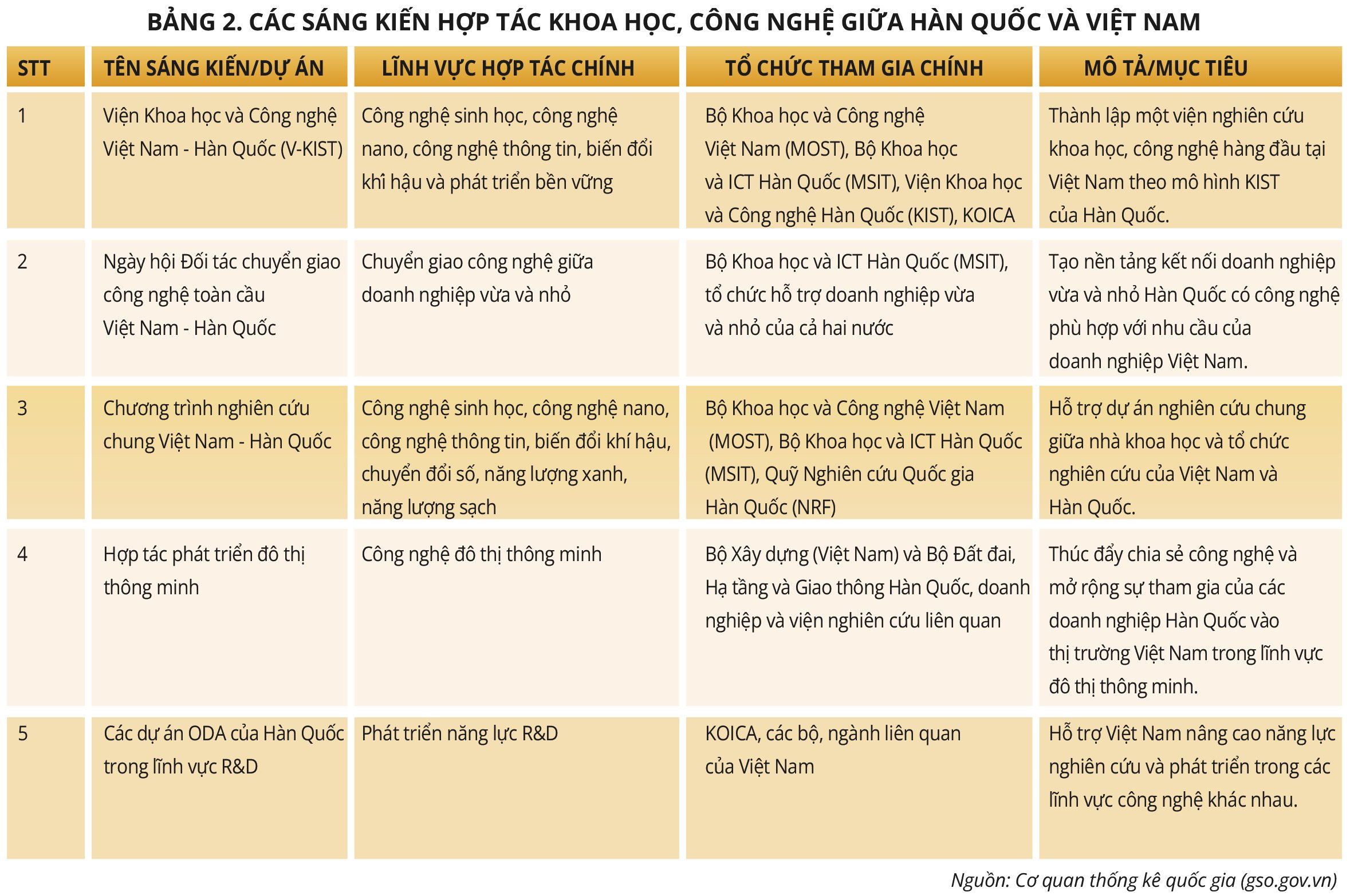






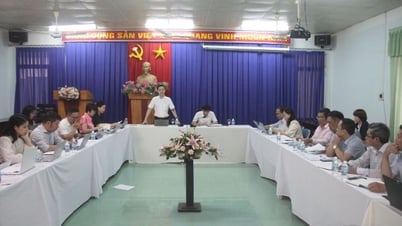



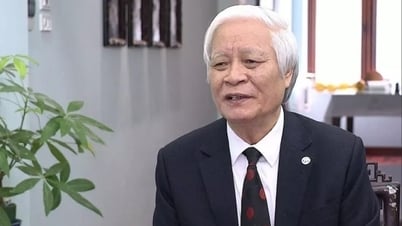



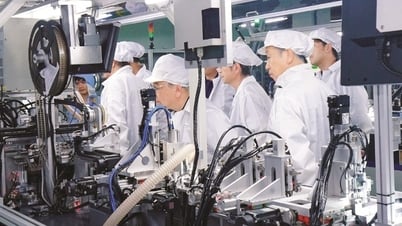
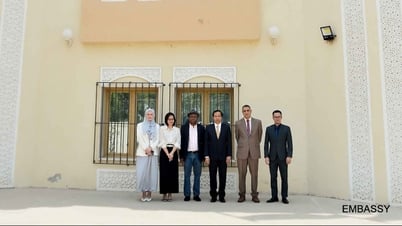
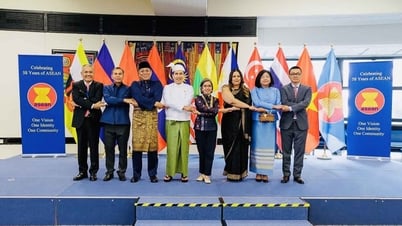










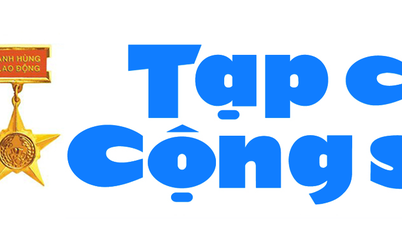


![[Photo] President Luong Cuong attends special political-artistic television show "Golden Opportunity"](https://vphoto.vietnam.vn/thumb/1200x675/vietnam/resource/IMAGE/2025/8/22/44ca13c28fa7476796f9aa3618ff74c4)
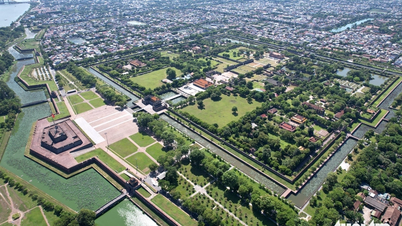



































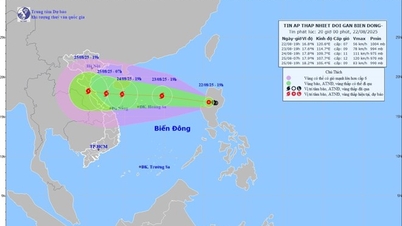

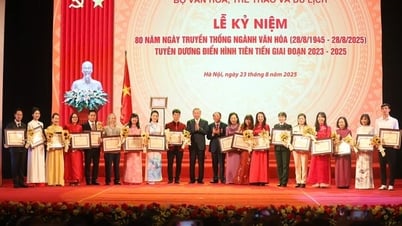



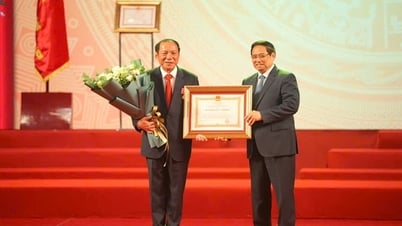

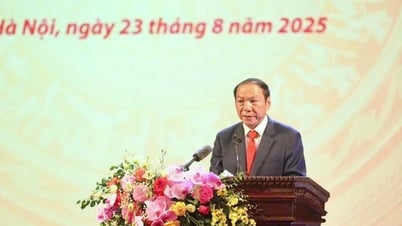



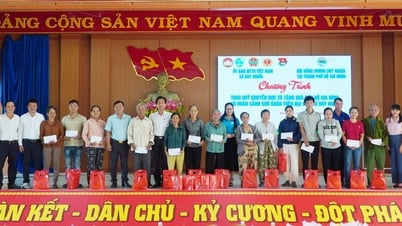






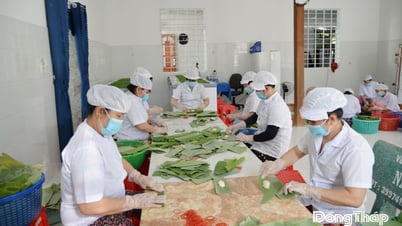




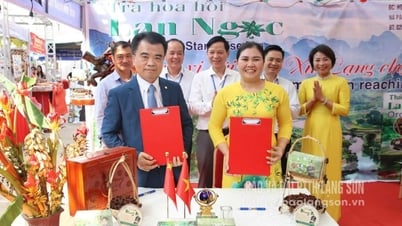











Comment (0)